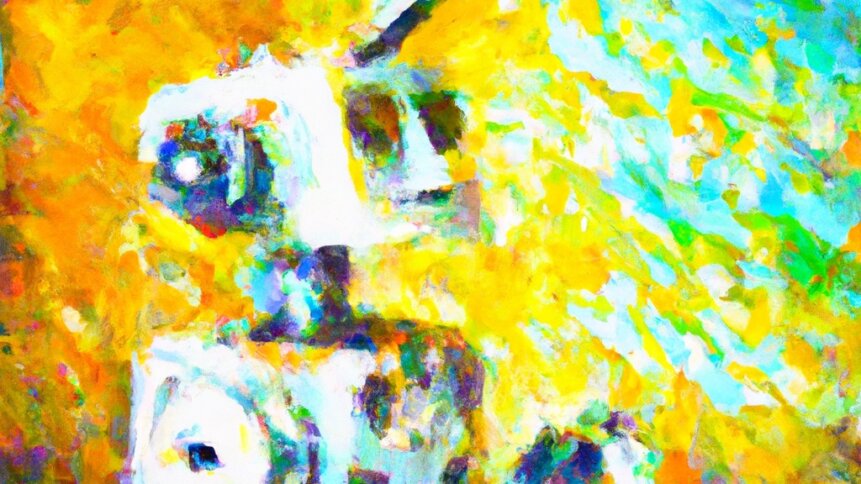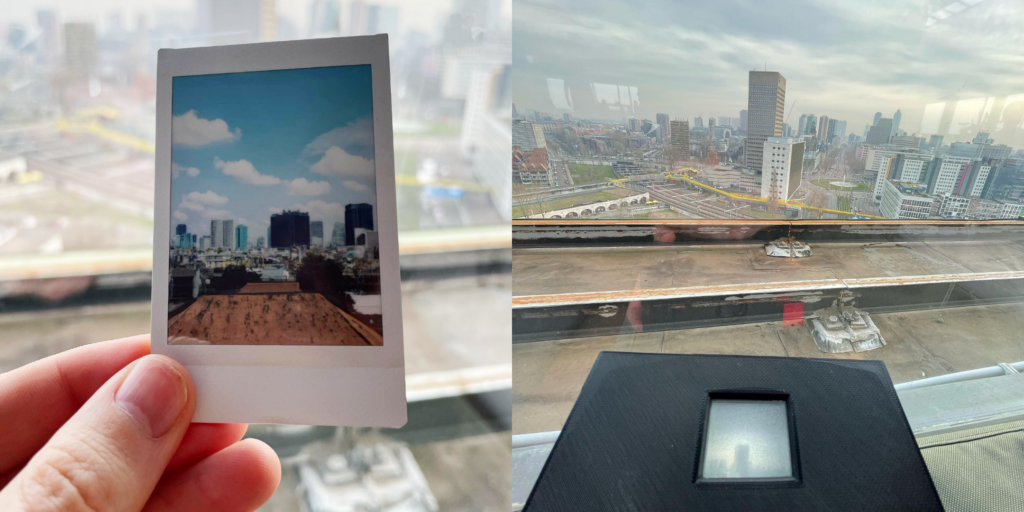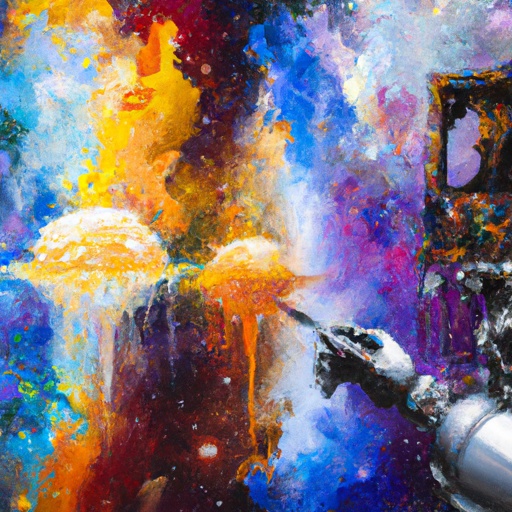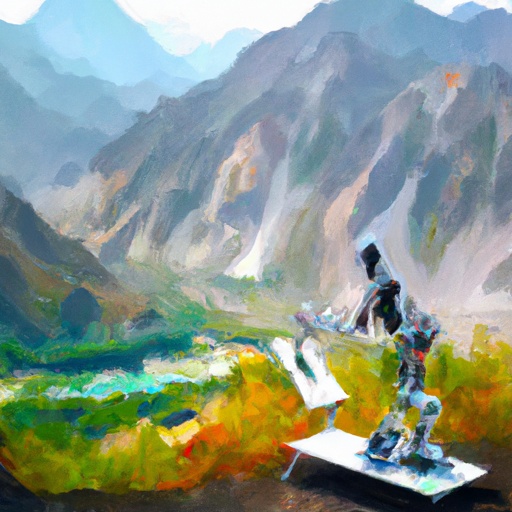AI-enhanced camera latest in “art” debate

|
Getting your Trinity Audio player ready...
|
Human or AI creativity? In the debate about the capabilities of AI and how we should use it, AI-generated artwork is a popular topic. Should an artist be credited for prompting AI to produce an artwork, or is the credit due to the machine? Will we need human artists in the future?
Latest on the topic is a black box camera that produces an image of what it’s pointed at — the function that cameras have had since the early 1800s. However, in this case, the camera doesn’t use pixels to form the image: it takes a picture and uses AI to generate a description of what’s in frame. Then, another AI generates an image from the description.
There is certainly something alluring about the surreal, uncanny characteristics of the images that AI produces. Plus, in this case more than others, a level of artistic process can be afforded to the camera’s creator, Jasper van Loenen. He also reverse engineered the printer in the camera, changing its Bluetooth protocol messages, and created Python code to allow easy printing.

An example of the camera’s work. Source: https://jaspervanloenen.com/black-box-camera/
Creating otherworldly images, representations of a parallel scene to the one in view works as an artwork in itself. That is, after all, how representational (and arguably, abstract) art works. However, the black box camera is being sold as helping to “take hassle free photos, without having to worry about exact framing, shutter speed or any other confusing settings.”
Does AI creativity even exist?
Herein lies the issue with AI creativity. Those quick to dismiss AI-generated artwork forget the human innovation behind it. However, those who herald it as a futuristic replacement of human creativity are negating human ability, too. In fact, AI creativity is as misleading a phrase as Artificial Intelligence: algorithm does not equate to thought, nor creation to creativity.
Van Loenen’s website boasts that the camera will make photography a “seamless and hassle free experience.” Does this not detract from the work that is produced? In the same way that viewers watch ‘making of’ episodes of Blue Planet, as interested in the somewhat gruelling filming process as they are the animals, consuming art is at least partially about process.
The image for this article and several others here on TechHQ were generated by Shutterstock’s AI image generator. Rather than scour stock images, we can “create” a picture that represents the theme of a piece and one that won’t have been used before. However, by requesting “FILL IN” from the AI does not equal creativity: we aren’t artists.

Another image generated by the prompt

More AI artwork
Ignoring the issue of originality, what’s really at stake is how money affects the arts. Cuts to arts funding in the UK, and a steady decline in the numbers of working-class artists mean that creativity is fast becoming an indulgence of the elite. Tools like the black box camera and online image generators are marketed as, essentially, a tool for creating artwork by a means that cannot be learnt by humans.
In the same way that NFTs and their sale might once have represented a chance for artists to monetize their work, they fast became a format in which social (and literal) capital ruled. In the same way, two individuals could feed a prompt into an AI generator and ‘produce’ artwork. Only one of them, who happens to have some kind of celebrity or link to the industry, is able to market the artwork and turn a profit.
When it comes down to it, the AI creativity question slots into questions and concerns about how, for instance, robotics will impact humanity as they become increasingly capable and common. Unfortunately, the answers tend to be the same: AI and robotics stand to benefit those who already have a privileged position in society, and worsen the condition of living for those who can’t afford to keep up.









